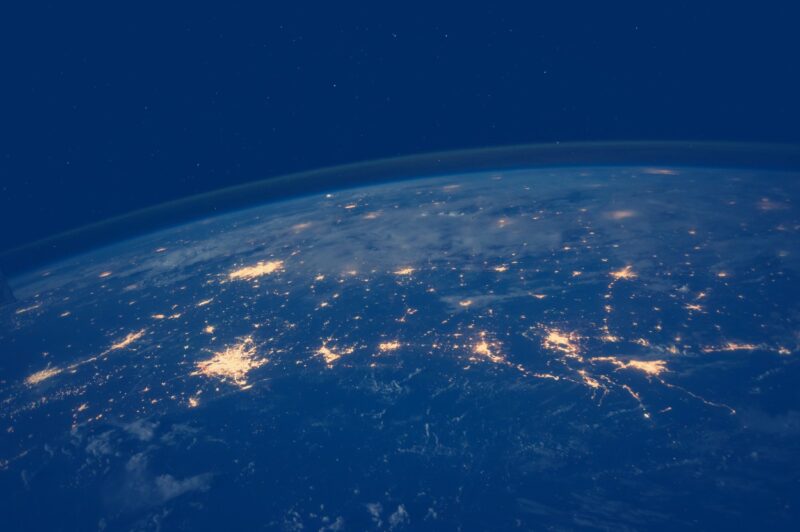The term Homo sapiens was first used in 1758 to distinguish humans as a species from all others in nature. Homo is Latin for ‘human,’ and sapiens means ‘wise,’ or ‘knowing.’
Things humans know: Fruit flies share 60% of our genetic material. Dogs, like all placental animals (mice, cats, cattle…), 90%. Chimpanzees: 96%. When Jane Goodall first suggested they had consciousness, she was mocked.
We now know chimpanzees can reason, feel complex emotions, use tools, make tools, make connections, jokes, friends, memories, plans. We know crows never forget a face, or a kind (or unkind) act.
Chickens have opinions, and worries; hens are more anxious than human mothers. Elephants grieve. Goldfish enjoy music, distinguish between composers, and have personal preferences.
Some features of homo sapiens: a large brain, nearly vertical forehead, a light skeletal build, bipedal posture, small teeth…
Whereas, say, an octopus has its mouth in its armpit—and those tentacles, tastes with its skin, can change shape and colour, and squeeze its entire body “through a hole the size of an apple,”
symbolism, complex cognitive behaviours, a broad subsistence strategy…
and feel, and express, curiosity, friendship, irritation, sympathy; 80 billion years ago, humans and octopuses evolved from the same genes.
And those fruit flies—as well as crickets, lobsters, prawns—experience pain through the same mechanism of nervous stimulation,
and dogs have three hundred million olfactory receptors in their noses (human have six million); bristlecone pines can live for thousands of years; banana slugs have sex up to three times a day; and, (my favourite):
Pronghorn antelopes have 10x vision, which means that, on a clear night, they can see the rings of Saturn.
There is no higher or lower; everything is equally evolved. Once upon a time, there were neither octopuses nor humans. Homo sapiens rules the world because it is the only animal that can believe in deities, nations, money, values, rights… “things that exist purely in its own imagination.”
Imagine, then, a Pronghorn antelope, on a clear night, standing on the rings of Saturn:
The view of Earth is of a pale blue dot. “That’s here. That’s home. That’s us.” A mote of dust that contains every creature; every mountain, valley, skyscraper, field flush with poppies; every atom of carbon, hydrogen, oxygen, molecule of protein, carbohydrate, nucleic acid, lipid;
every life, love, war, dream, goal, ambition, disappointment, era and nanosecond, gunshot, hiccup, laugh, sob, explosion; every soft swish of kissing lips;
and that any two humans share 99.9% of their genetic material, and that “Life and Reality are not things you can have for yourself unless you accord them to all others;” and kindness, and the balmy evening, and a few nuts for the birds—
but those may be too small, perhaps, to be seen from Saturn.
